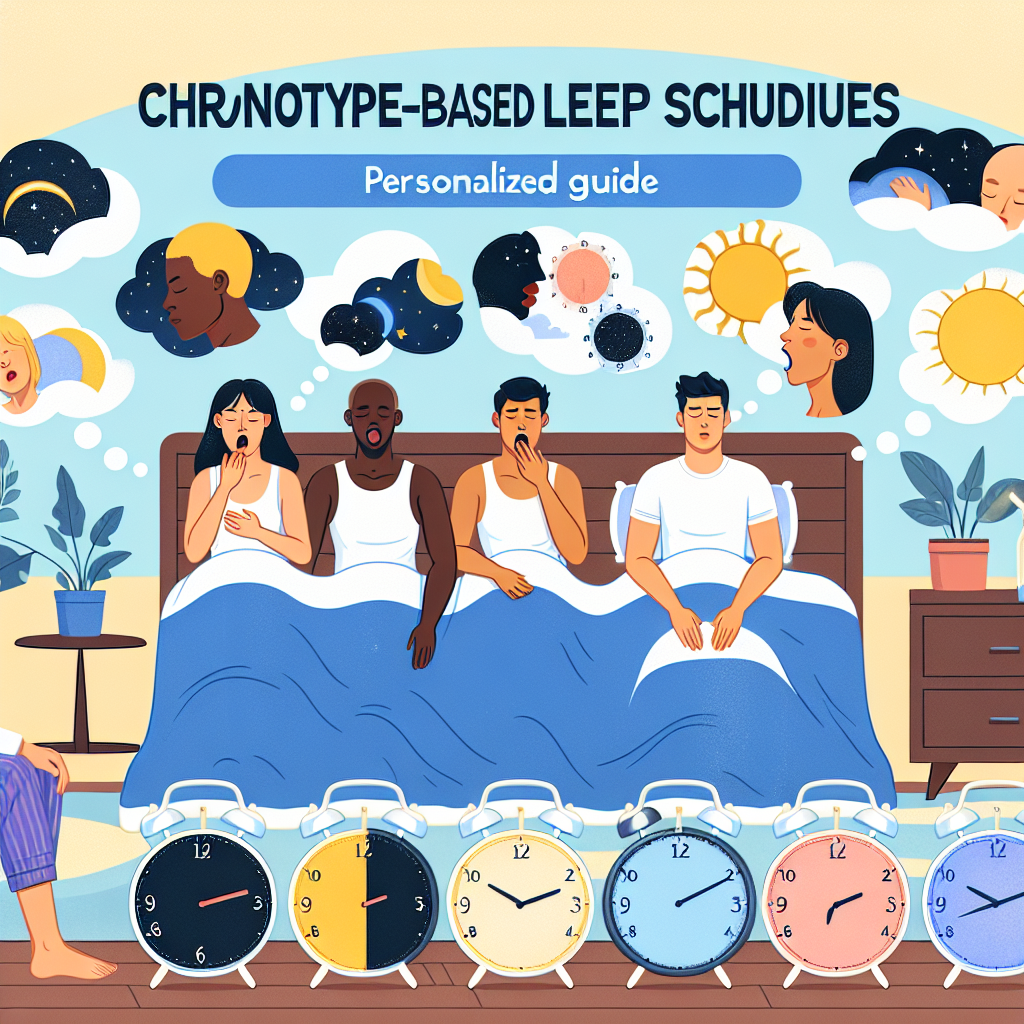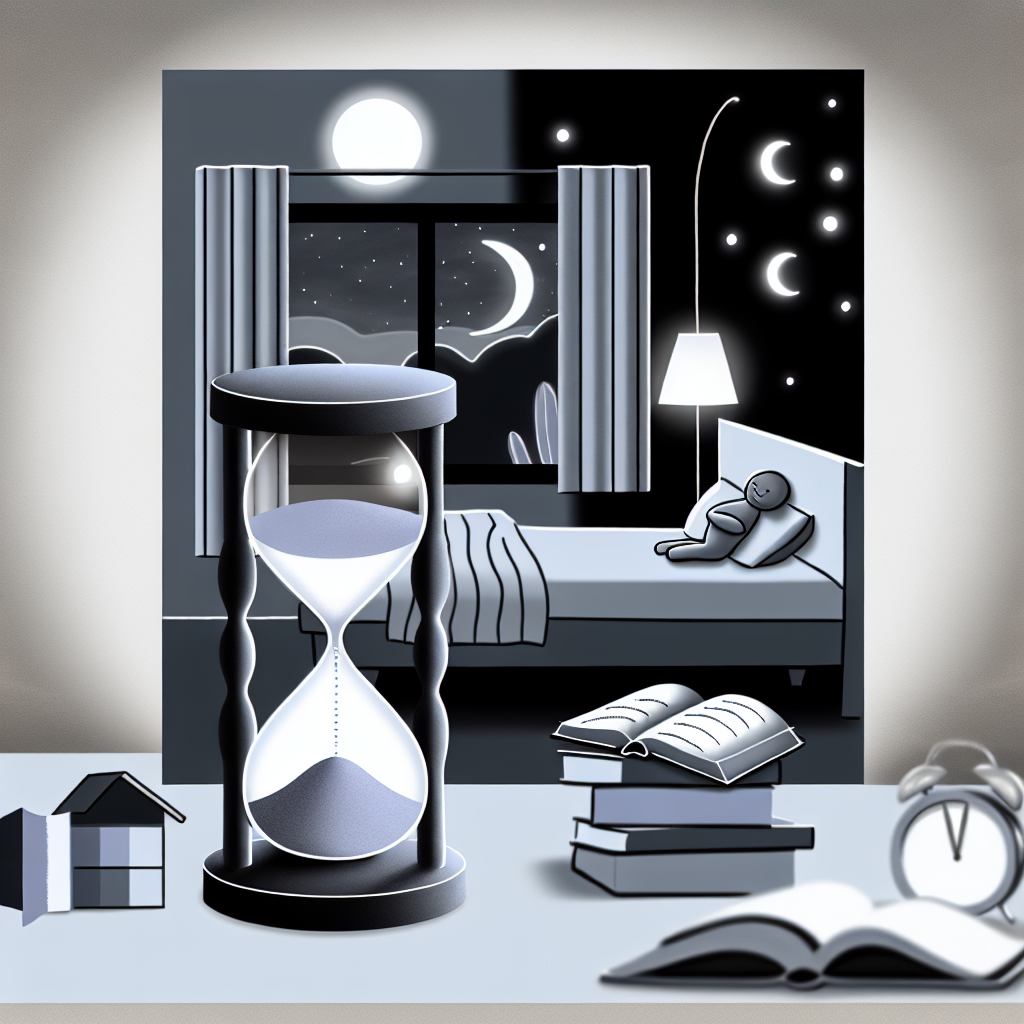Bedroom Lighting Makeover – Smart Bulbs for Natural Hormone Curves
Introduction
In today’s digitally-driven world, where devices and artificial lighting dominate our environment, our natural sleep patterns are taking a serious hit. Much of our biological functioning, especially the sleep-wake cycle or circadian rhythm, is intricately tied to light exposure. Sunlight sends signals to our brains that regulate hormonal activity, guiding the release of melatonin—the sleep hormone. But as we spend more time indoors under artificial lighting and blue light from screens, our bodies receive confusing signals, impacting not only sleep quality but also overall health.
Enter the era of smart lighting. Smart bulbs represent a technological innovation with the power to reverse some of the damage caused by our modern lifestyle. When used strategically in the bedroom, smart bulbs can mimic the natural progression of sunlight throughout the day, aligning with our biological needs and fostering restful, quality sleep. Unlike traditional lighting, which emits steady and often disruptive levels of blue light regardless of time, smart bulbs can be programmed to display light spectrums that change with the time of day—boosting energy in the morning and encouraging melatonin production at night.
This approach aligns with the latest research in chronobiology—the science of biological time structures. Researchers have long uncovered how artificial light disrupts circadian rhythms, influencing mood, appetite, immunity, and cognition. Children, teens, adults, and older adults alike are affected differently, yet all benefit from optimized lighting environments. Whether it’s helping your child fall asleep more easily, improving adolescent sleep in tech-rich environments, or supporting deeper sleep in older adults who may have altered melatonin cycles, smart lighting can offer a personalized, non-invasive solution.
By adjusting light exposure to support natural hormone patterns, a smart bedroom lighting makeover becomes not just a cosmetic upgrade, but a holistic health intervention.
Scientific Evidence on Lighting and Hormones
Scientific research consistently highlights the influence of lighting on circadian rhythms and hormonal release. The body’s internal biological clock is highly sensitive to both light intensity and wavelength, particularly in the blue light spectrum (460-480 nm). Exposure to blue light suppresses melatonin secretion—a vital hormone that promotes sleep—especially when exposure occurs in the hours leading up to bedtime.
A groundbreaking study from Harvard Medical School compared the effects of blue light versus green light on circadian rhythms and melatonin secretion. The study found that exposure to blue light suppressed melatonin for about twice as long as green light and shifted circadian rhythms by twice as much. This scientific insight underscores why conventional LED lights or screen exposure before bedtime can significantly disrupt sleep.
Children and adolescents are particularly vulnerable. The American Academy of Pediatrics notes that light exposure through screens or improper lighting in the evening can interfere with the onset of melatonin, leading to delayed sleep phase syndrome. Customized smart lighting that reduces blue light intensity in the evening can help re-regulate sleep in younger populations by restoring the natural melatonin curve, promoting earlier sleep onset, and improving mood and cognitive function the next day.
Older adults, on the other hand, often face decreased melatonin production as part of the natural aging process. Smart lighting devices tailored to increase warm-toned lighting intensity in the early evening can help boost natural melatonin levels, aligning with the body’s circadian decline and mitigating insomnia common in seniors.
Moreover, a 2021 study in the Journal of Biological Rhythms explored how dynamic lighting environments improved sleep quality in all age groups. Participants exposed to light programs that simulated dawn and twilight cycles experienced:
– Better sleep efficiency
– Reduced sleep onset latency
– Improvements in hormonal balance and mental well-being
Smart bulbs equipped with features such as color temperature adjustment, circadian rhythm synchronization, and automatic scheduling are excellent tools to simulate these natural light transitions. Brands like Philips Hue, LIFX, and GE Cync offer bulbs that can be programmed to gradually dim in the evening to mimic sunset and brighten in the morning to simulate sunrise. This simulates the cortisol awakening response in the morning and supports melatonin surge at night.
Most impressively, smart lighting is increasingly integrated with health and fitness ecosystems. Devices can now pair with sleep trackers and personalized schedules to tailor lighting plans to an individual’s unique rhythm and daily routine. This level of adaptation offers meaningful solutions for people with shift schedules, jet lag, or irregular sleep habits.
Conclusion
In an age where artificial light dominates our environment, taking control of your bedroom lighting setup is a powerful, health-promoting decision. Smart bulbs represent more than just a novel tech gadget—they’re a practical, science-backed tool to support your natural hormonal cycles and improve sleep quality. Whether you’re managing a child’s bedtime, helping a teenager find balance in a screen-heavy world, or navigating the challenges of aging and sleep, smart bulbs offer a versatile and effective solution.
By simulating natural light patterns, these intelligent lighting systems help align your circadian rhythm, elevate melatonin production at night, and support cortisol levels in the morning. As a result, you can enjoy deeper sleep, better mood, and improved overall health. A bedroom lighting makeover using smart bulbs is an accessible yet revolutionary step toward embracing your body’s natural rhythm—one smart switch at a time.
Concise Summary
Modern artificial lighting, especially from screens, disrupts our natural sleep cycles and hormone production. Smart bulbs, which mimic natural sunlight patterns, can realign our circadian rhythms by adjusting light color and intensity throughout the day. Research supports their impact on enhancing melatonin at night and cortisol in the morning, improving sleep, mood, and cognitive health. Smart lighting benefits all ages—from helping children and teens fall asleep to supporting healthy sleep in older adults. With features like scheduling, color temperature control, and health ecosystem integration, smart bulbs provide a science-backed solution to better sleep and wellness.
References
– Harvard Health Publishing (2012). Blue light has a dark side.
– American Academy of Pediatrics (2016). Media and Young Minds.
– Journal of Biological Rhythms (2021). Effects of Dynamic Lighting on Human Sleep and Hormonal Secretion.
– Philips Hue – Lighting for better sleep.
– NIH – Melatonin: What You Need To Know.

Dominic E. is a passionate filmmaker navigating the exciting intersection of art and science. By day, he delves into the complexities of the human body as a full-time medical writer, meticulously translating intricate medical concepts into accessible and engaging narratives. By night, he explores the boundless realm of cinematic storytelling, crafting narratives that evoke emotion and challenge perspectives.
Film Student and Full-time Medical Writer for ContentVendor.com




